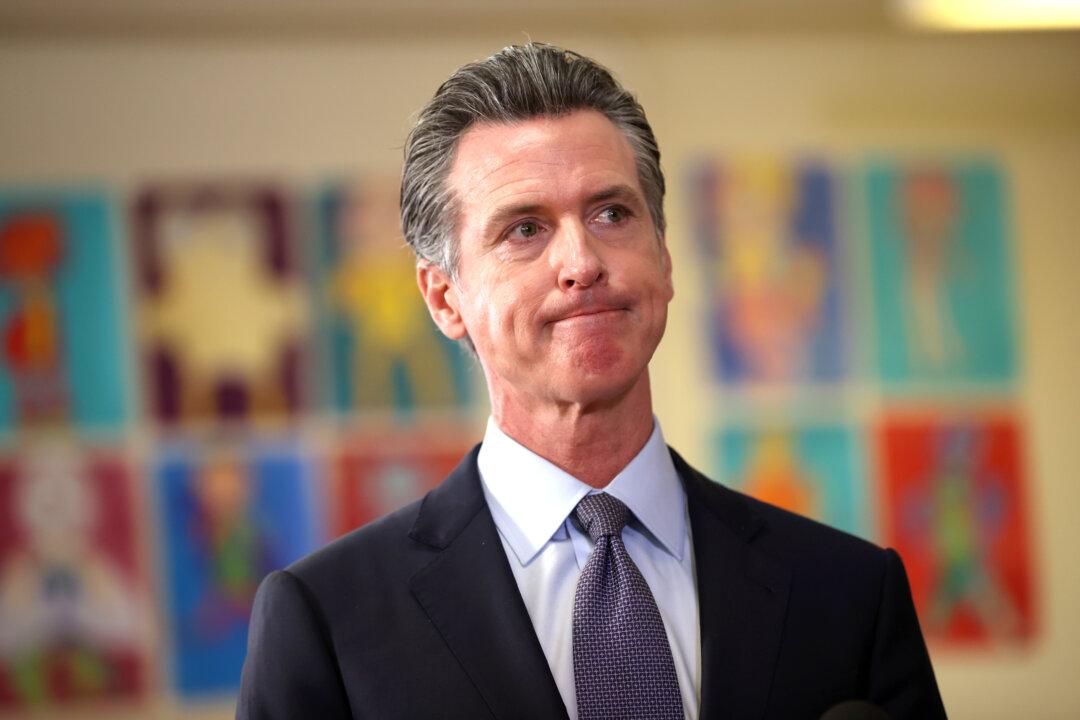Commentary
You read it here first in The Epoch Times. “California Budget Deal Numbers Don’t Add Up,” was my headline on June 28, just after Gov. Gavin Newsom and the California Legislature passed their supposedly balanced budget for fiscal year 2023–24, which began on July 1.





